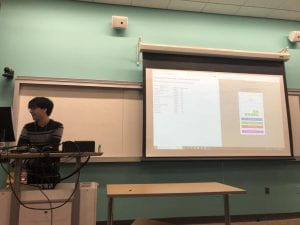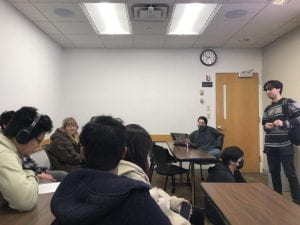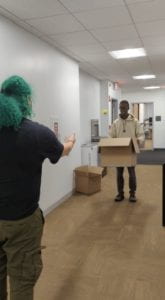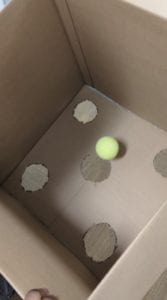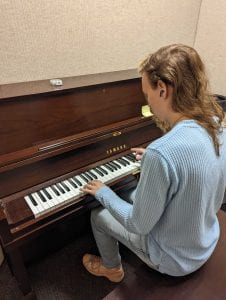Game Overview
Follow the Line is a short minimalist art game where the player is tasked with a simple goal: to follow the line in front of them. Players will have to jump through platforms, avoid obstacles, and persist through unexpected divergences in order to follow this line.
Players will find that, upon reaching a certain point in the game, their path will repeat. This will continue to repeat until the player chooses to quit the game after a ‘Game Over,’ after which they will win the game.
Controls:
WASD to move
Spacebar to jump
Mouse to select UI options
Link to web-embed of game: https://cmnu.itch.io/follow-the-line
(Play in fullscreen mode for the best experience)
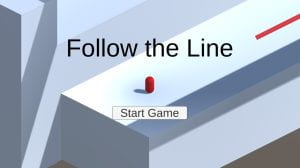
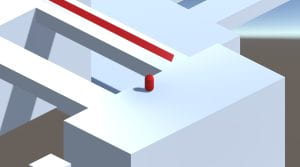
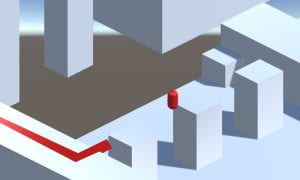
Artist’s Statement
I created this game with two main sources of inspiration in mind: another art game I’ve played in the past, Every day the same dream, and my own experiences with the education system growing up.
Every day the same dream is a game that takes place in a grayscale world that features the player’s avatar going through the same day over and over again, following the same routine each time: waking up, commuting to work, and then working in a cubicle for the rest of the day. Throughout the game, the player can choose to do various activities to interrupt this routine, such as going to work in their underwear, ditching their car on the way to work and reconnecting with nature, or visiting a graveyard with a homeless person. I won’t spoil the rest of the game here if you are interested in playing. The game takes between 10 and 20 minutes on average to complete and it is able to pack a lot of messages within this relatively short playtime.
When this project was assigned to us, I knew immediately that I wanted to do something similar to Every day the same dream, as it is one of my favorite art games. I took the cyclical nature of its gameplay loop and applied it to my own life with a similar cyclical experience that I paid a lot of attention to during my time in high school.
At that time, a lot of my life felt like it was going on a predetermined “path to success” that adults in my family would repeat to me ad infinitum, that many other children also hear: get good grades in school, go to a good college/university, get a good job. This was repeated as far back as I can remember, and every level of school felt like it all played back into this “path to success.” For example, at least in my own experiences, getting good grades in elementary school means getting put in harder programs in middle school which means getting put in an honors program in high school which makes a stronger college resume which makes for a stronger work resume. As an at-the-time 16ish year old, over half of my life at that point was about meeting goal points along this path, and reaching a goal just meant I was on-track to meet the next one. There was a time where I felt like this endless cycle would never be over. Obviously this cycle does eventually reach an end, as I am set to finally graduate next semester, but I wanted to create a game that captures this feeling that I used to have.
From this experience and with inspiration from Every day the same dream, I created this game, Follow the Line. Similar to my own childhood experiences, the player is tasked with simply following this line, or the “path.” Even through obstacles, the player must continue to follow this line. The player, in certain sections, is punished for moving off of this line. If the player ever falls off the line, they need to move forward anyway to get back on that line. At the end of it all, upon reaching what the player thinks is the end of the line, the line just keeps going and going. The mechanics of this line reflects those feelings I had in high school of feeling like I was repeating the same things over and over again for a goal that felt so far out of sight.
The win-state for this game is simply, upon getting a ‘Game Over,’ i.e. falling off the map, choosing to quit the game. This represents the idea of moving off of this path and creating one’s own ideal path forward in life, something that I was able to do through pursuing game development as a career (granted, it still fits along that “path to success,” but it was my choice to stay on it.) This isn’t to say that this “path to success” is objectively a wrong one, as there are really no wrong paths, but I wanted this game to reward going off of the intended path. Everyone has the right to choose what their path forward is, and while people can make suggestions about what that path can look like, no one should be able to make the choice of what path to follow besides the person following it.

